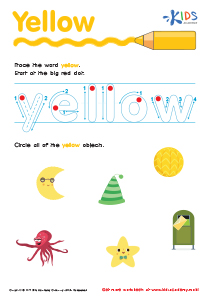Letter recognition Normal English for Beginners Worksheets for 6-Year-Olds
19 filtered results
-
From - To
Boost your child's letter recognition skills with our expertly crafted "Normal English for Beginners" worksheets, perfect for 6-year-olds. Designed to make learning fun and effective, these worksheets introduce foundational English concepts in an engaging way. Each activity focuses on identifying and writing individual letters, supporting your child's literacy journey. Ideal for young learners and children who speak English as a second language, these worksheets build confidence and proficiency. Enhance their learning experience with interactive exercises and colorful designs that captivate and motivate. Download our free, printable resources today and watch your child’s reading abilities soar!
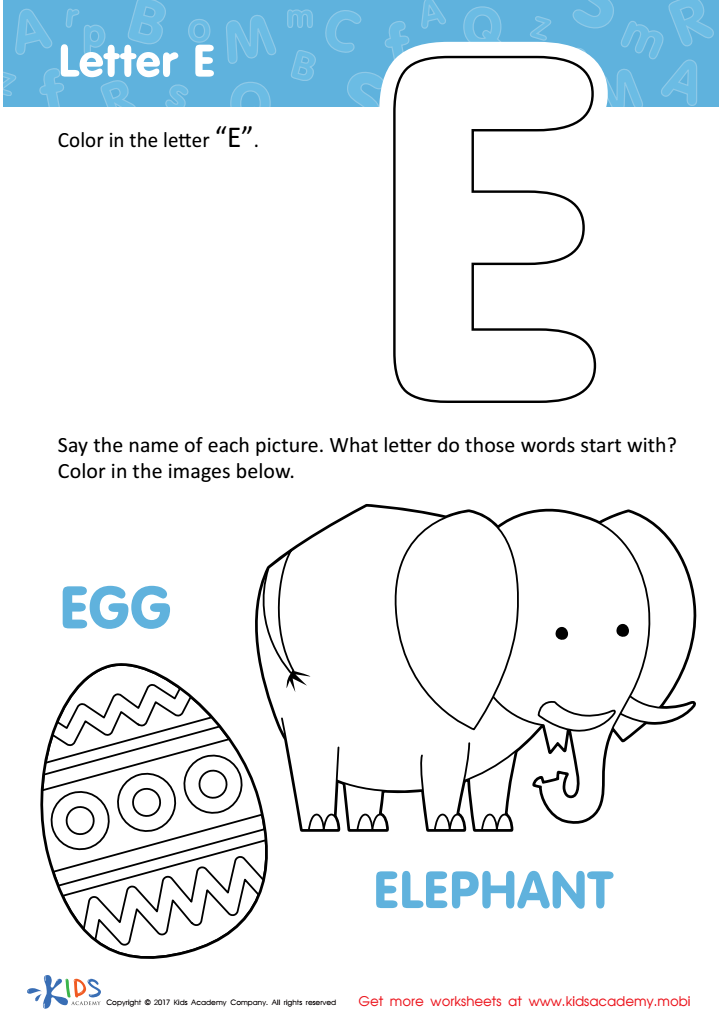

Letter E Coloring Sheet


Letter P Tracing Page


Letter Q Tracing Page
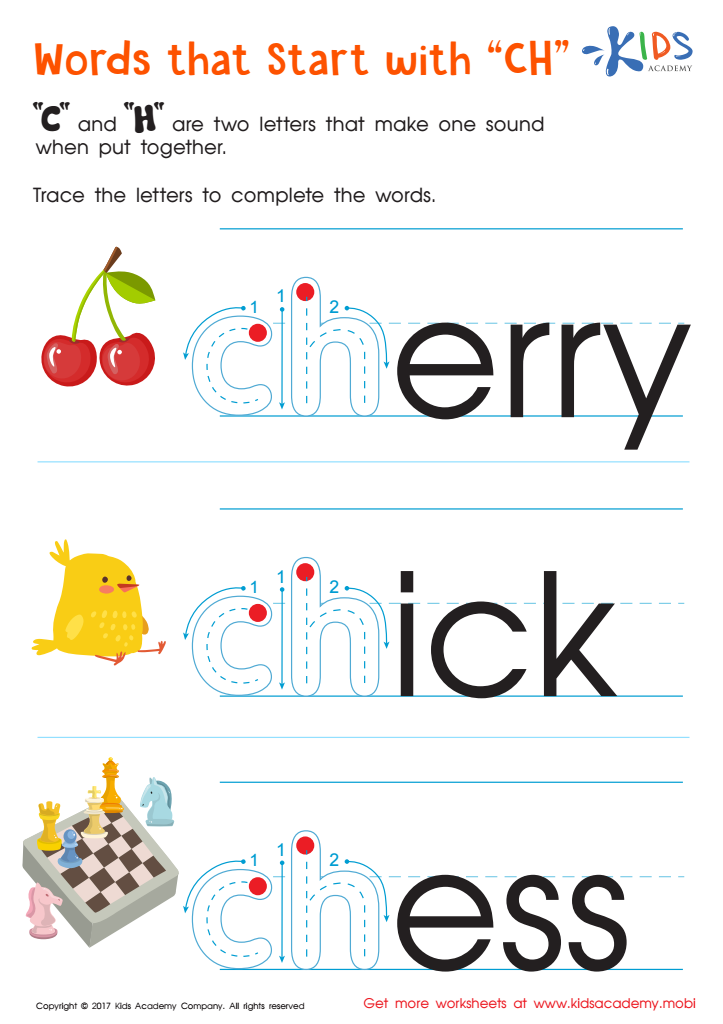

Words That Start with "ch" Spelling Worksheet


Letter H Tracing Page


Letter G Tracing Page
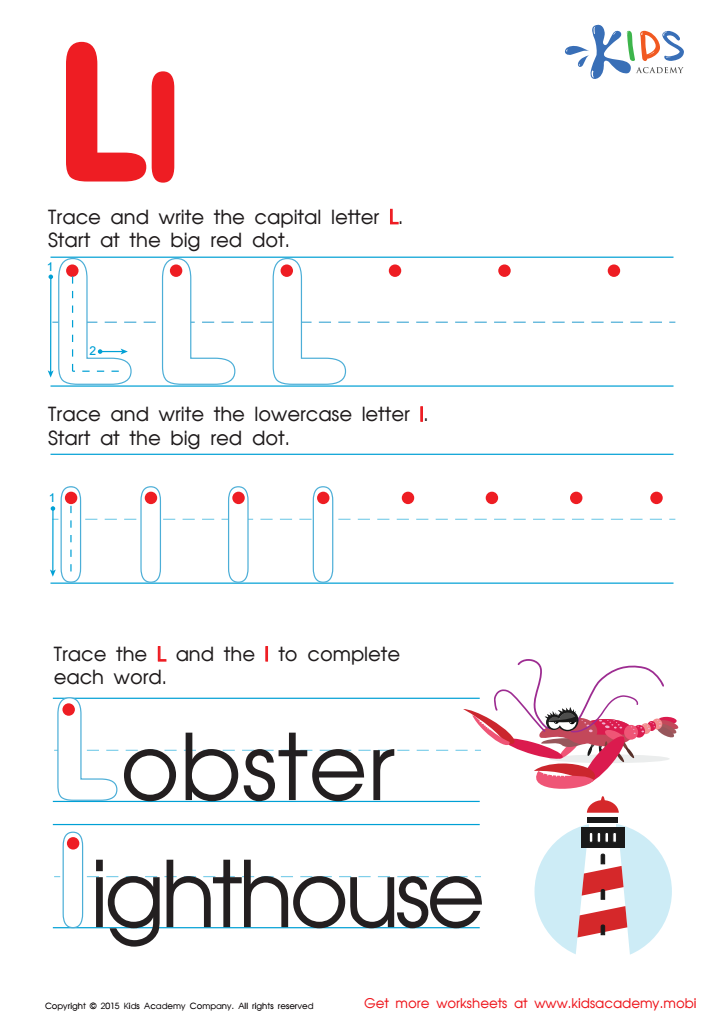

Letter L Tracing Page
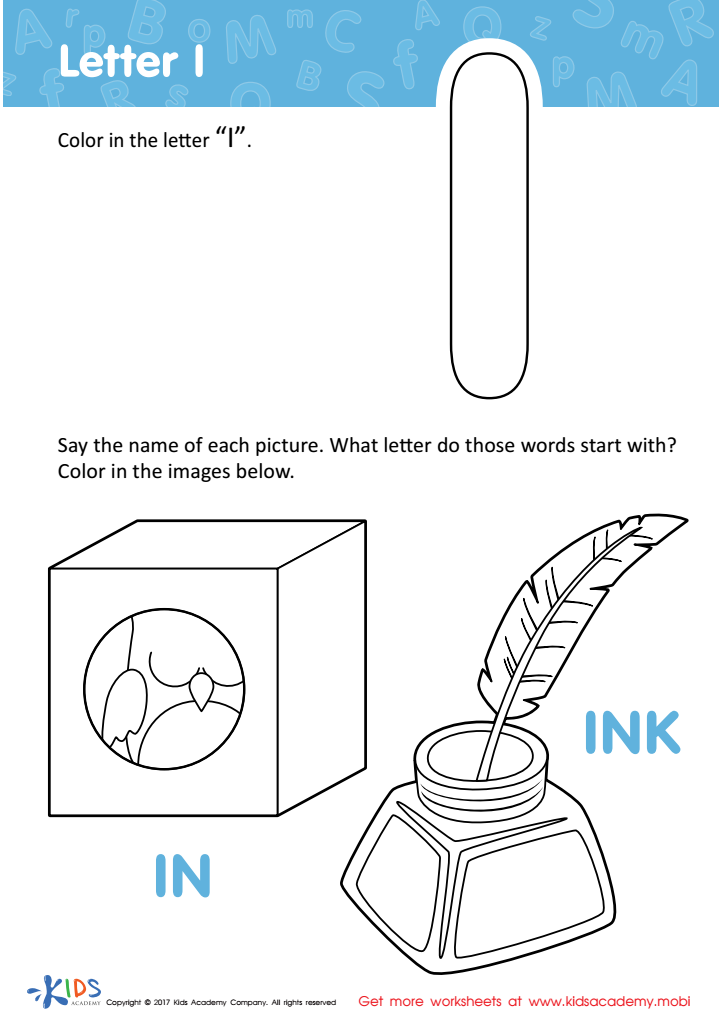

Letter I Coloring Sheet


Long and Short U Worksheet
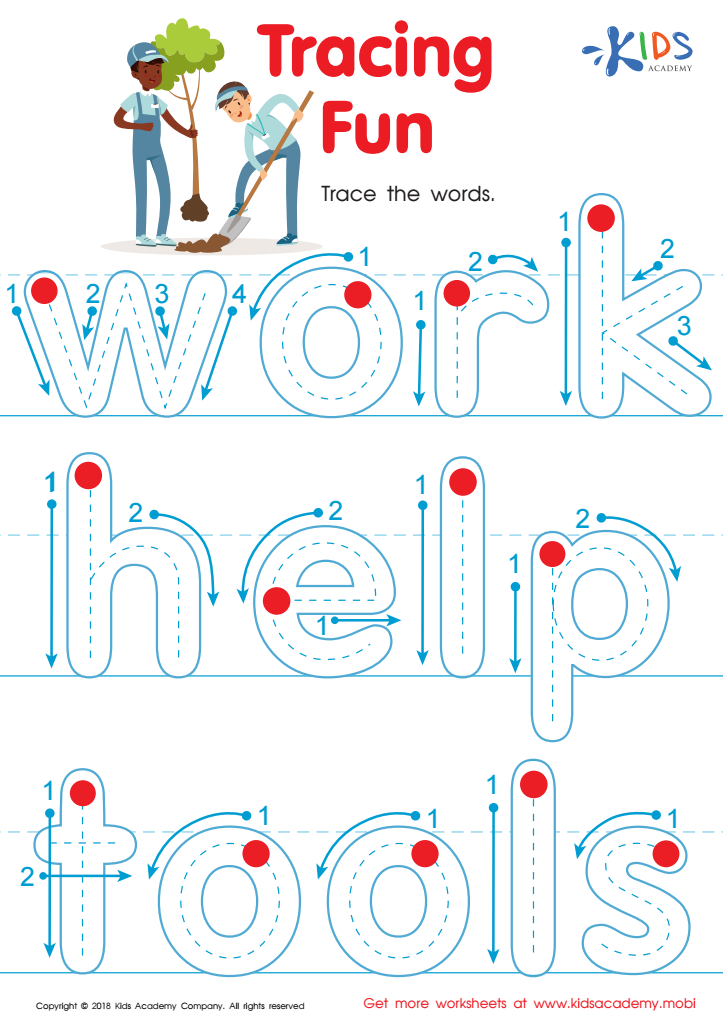

Tracing Fun Worksheet
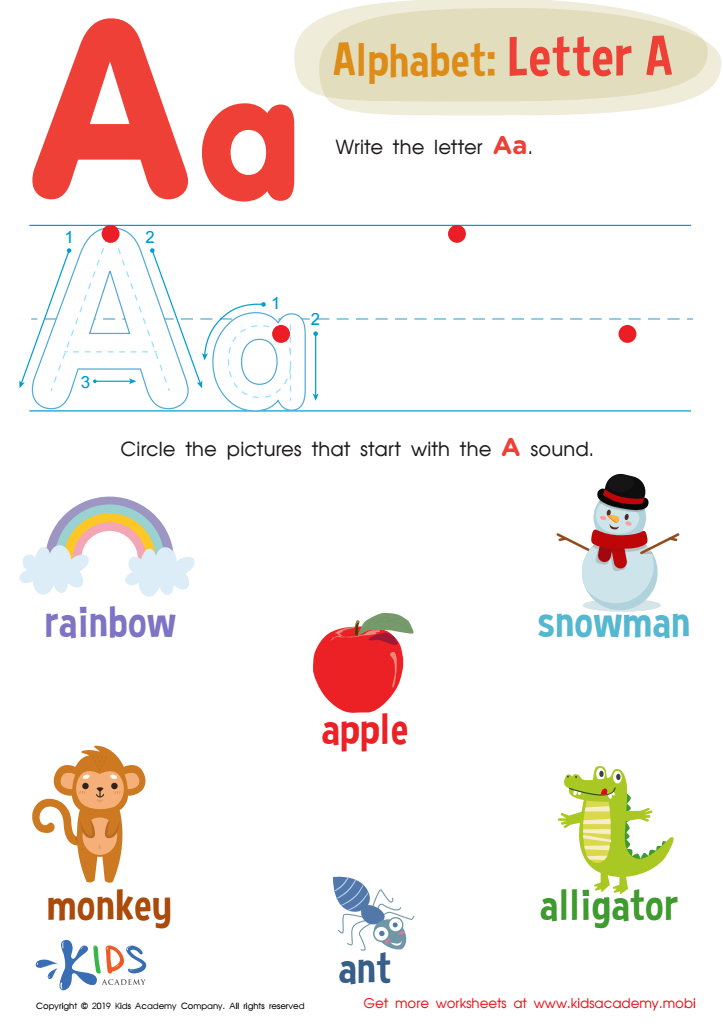

Letter A Tracing Worksheet
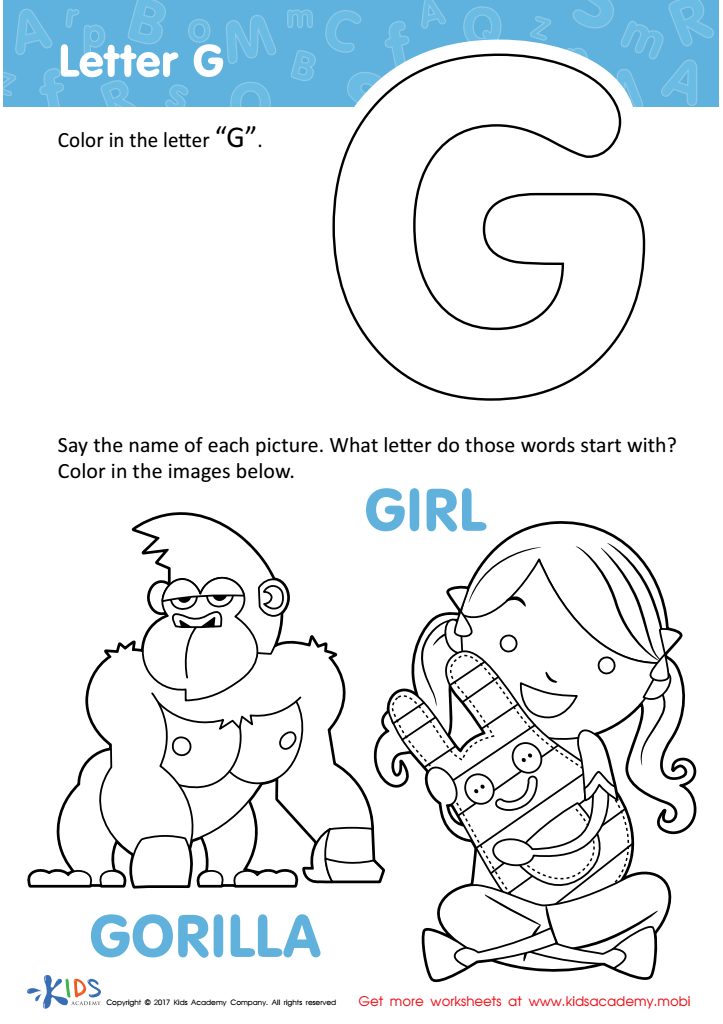

Letter G Coloring Sheet
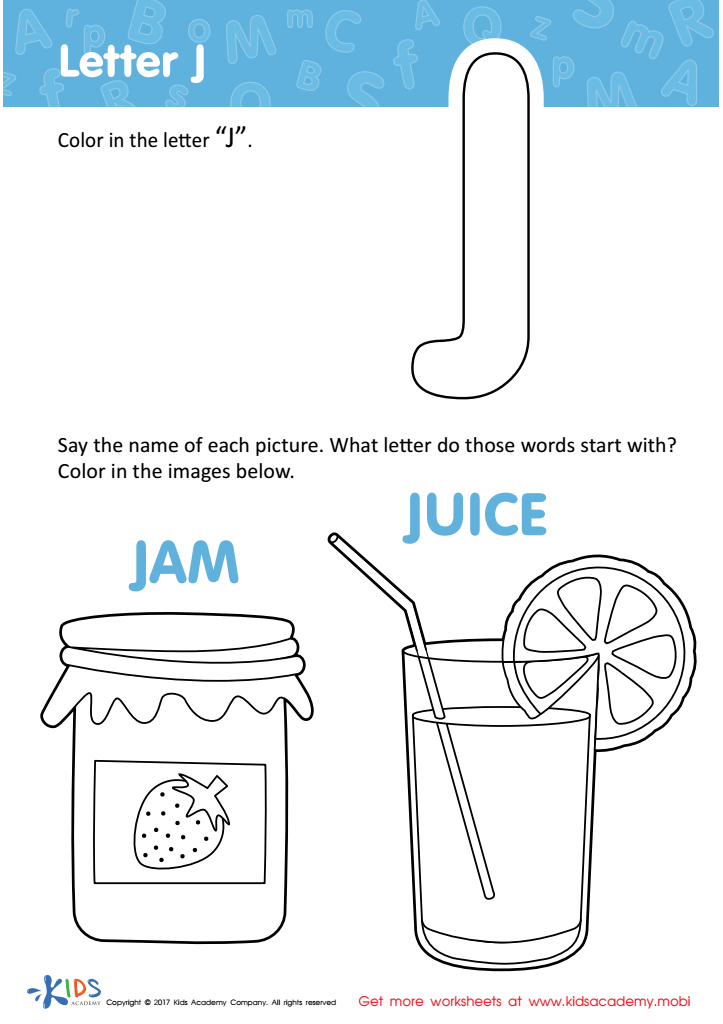

Letter J Coloring Sheet
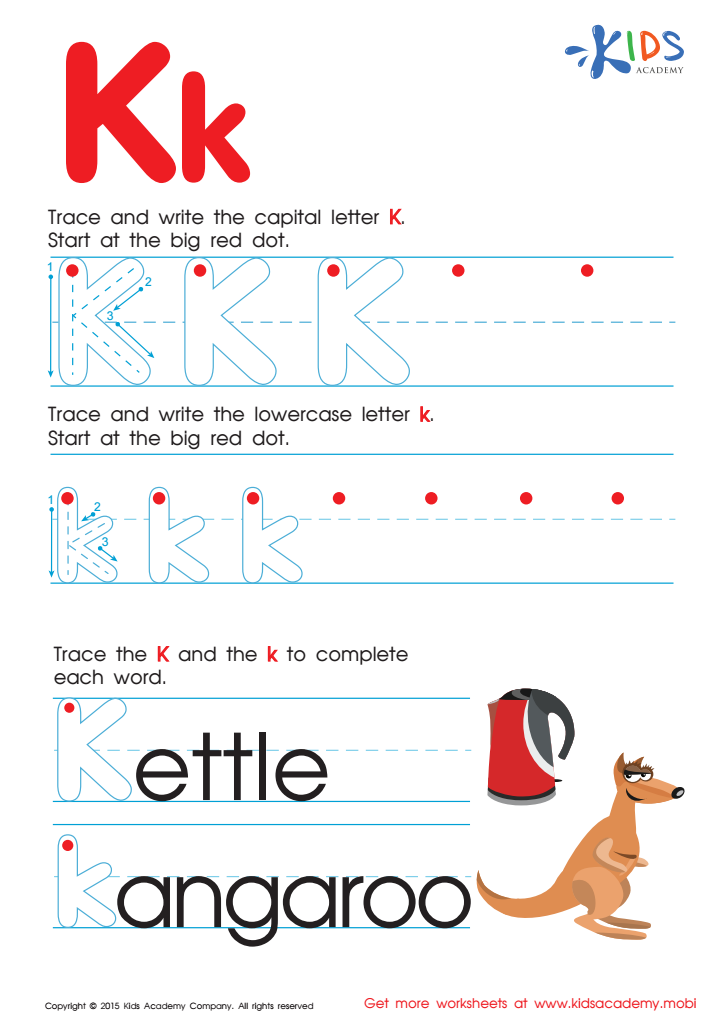

Letter K Tracing Page
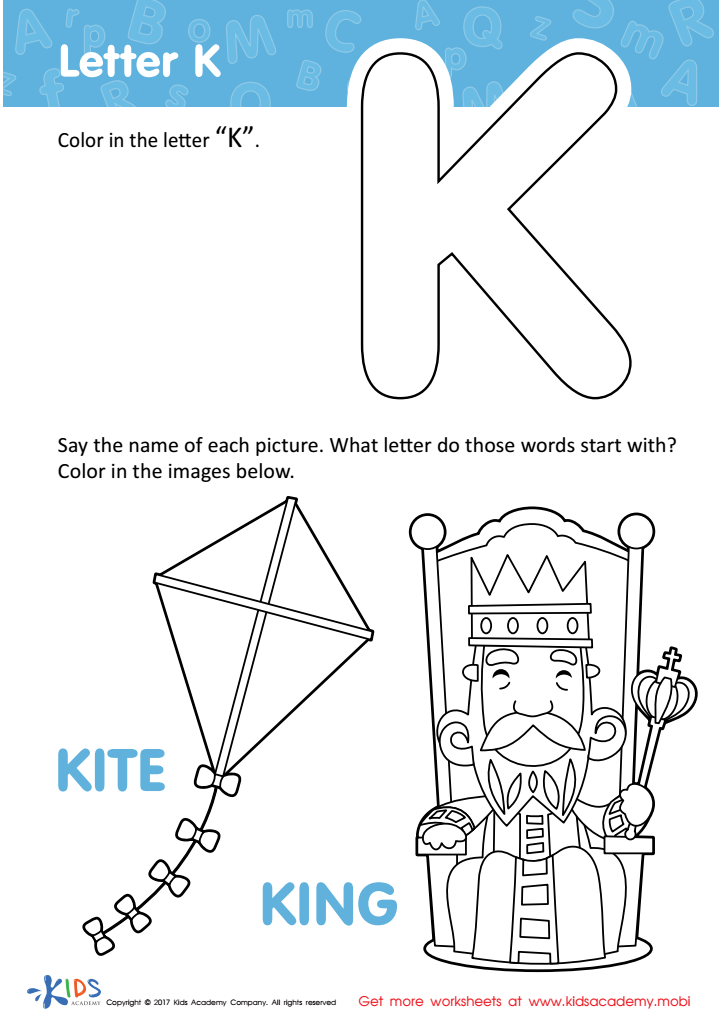

Letter K Coloring Sheet
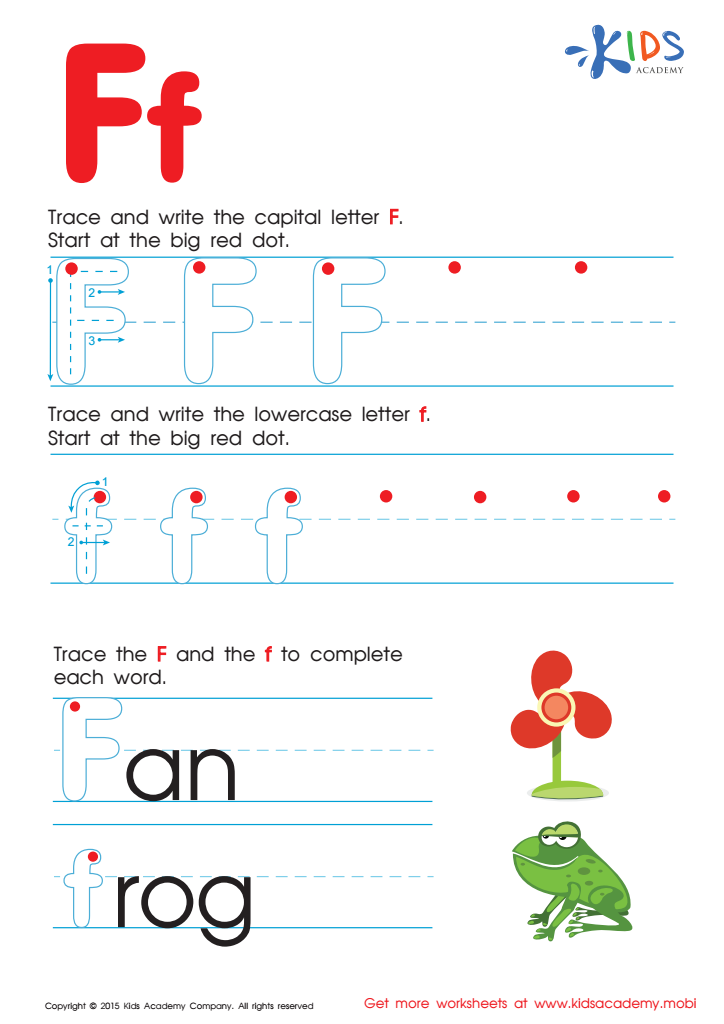

Letter F Tracing Page


Long and Short E Worksheet
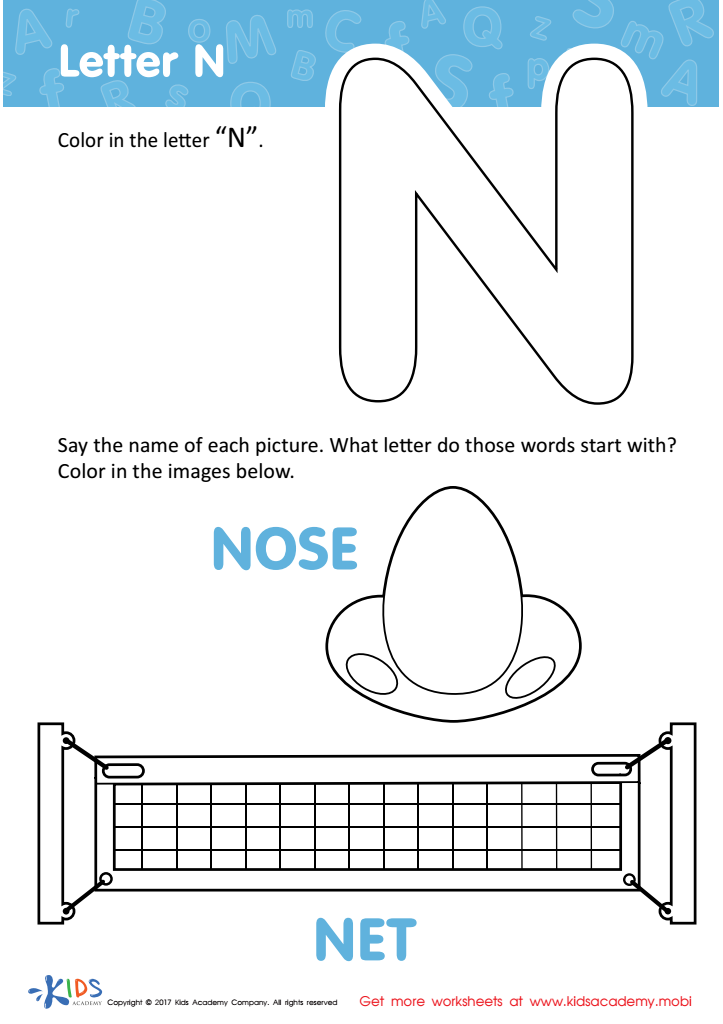

Letter N Coloring Sheet


Letter D Tracing Page
Letter recognition is a crucial building block for early literacy and sets the foundation for future reading and writing skills. For 6-year-olds, being able to recognize letters consistently and accurately paves the way for successful learning in all subjects. Here's why parents and teachers should prioritize it:
Firstly, letter recognition helps children understand that written symbols represent sounds and meanings. This phonemic awareness is essential for decoding words when they begin to read. For example, recognizing the letter 'B' and knowing that it corresponds to the sound /b/ is vital for reading words like "ball," "bat," and "baby."
Secondly, early mastery of letter recognition can boost a child's confidence and enthusiasm about learning. As children start to recognize letters and eventually string them into words, they experience a sense of achievement. This positive reinforcement encourages a love for reading and learning.
Moreover, children who develop letter recognition skills early on are less likely to experience reading difficulties later. This early skill acts as a prevention measure against reading disorders, ensuring that children keep up with their peers academically.
Teachers and parents play a significant role in facilitating this critical learning stage through engaging, hands-on activities and consistent practice. With their support, children can navigate this essential step with confidence and joy, setting them on a path toward lifelong literacy.
 Assign to My Students
Assign to My Students











